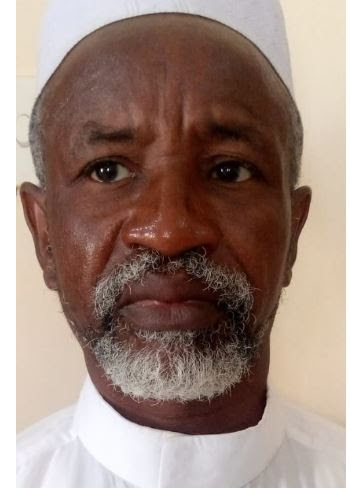Abstract:
Since the beginning of the 1980s, following the great Sahelian drought of 1971-1972, the Lake Chad Basin has been the victim of climate change with numerous effects. Countries including Cameroon, Chad, Niger and Nigeria are experiencing serious upheaval as a result. One of the consequences of this climatic violence concerns climate refugees, i.e. populations that flee their usual living territories because of environmental and climatic complications. The objective of this article is to study the configuration of the phenomenon of climate refugees in the Lake Chad Basin, as well as its impacts on the new migratory movements that have emerged. Therefore, how does the phenomenon of climate refugees operate in the Lake Chad Basin and how are the new migratory movements that result from it evolution? The methodology was based on the collection and analysis of documents to understand this phenomenon. The exploitation of oral sources allowed us to empirically collect the perceptions of the populations concerned. The theoretical framework of the study is based on the theory of ecological instability of Sherlip Bozip, which explains climate change and its effects on human life. The results show the phenomenon that of climate refugee’s result in the Lake Chad Basin, from human nature to the search for a better environment. Climate refugees are in this space, populations that move in search of a better environment. This gives rise to new migratory movements, but also to new conflicts.
Keywords: Environment, Climate Change, Climatic Refugees, Migrations, Lac Chad Basin
DOI: 10.36349/zamijoh.2025.v03i03.017
author/Soureya Bobbo Oumarou
journal/Zamfara IJOH Vol. 3, Issue 3





